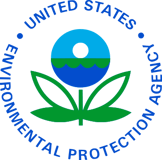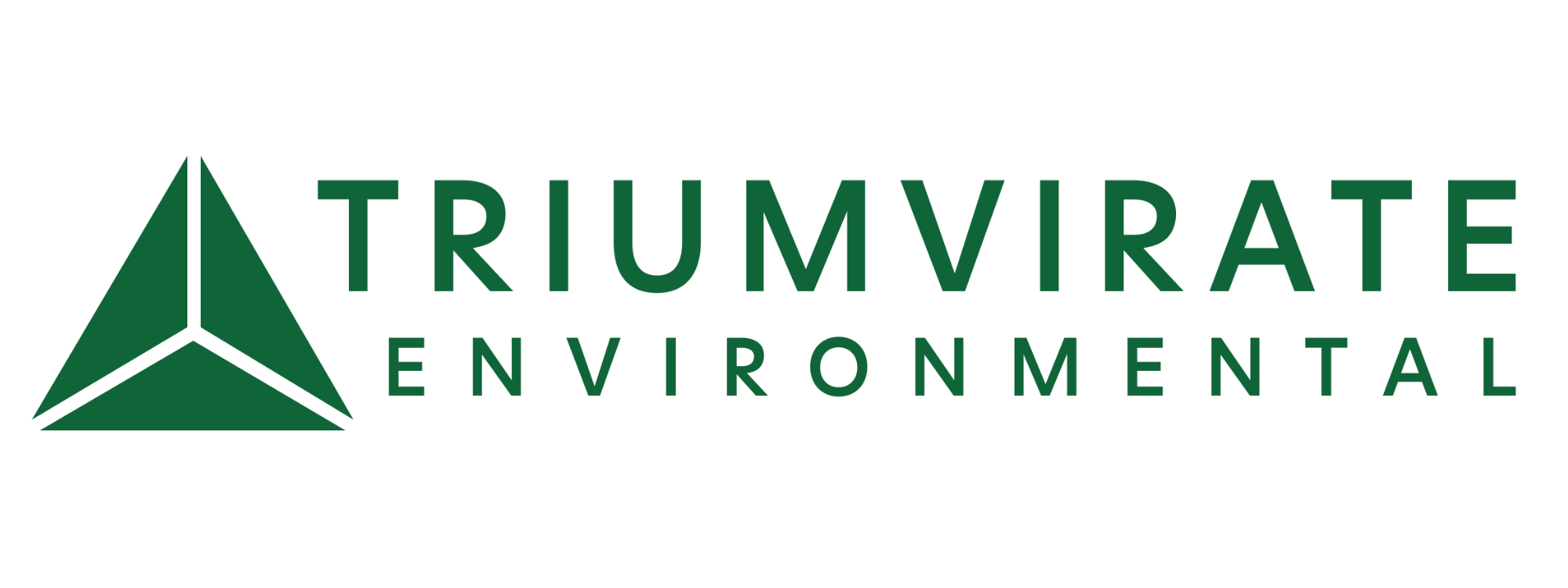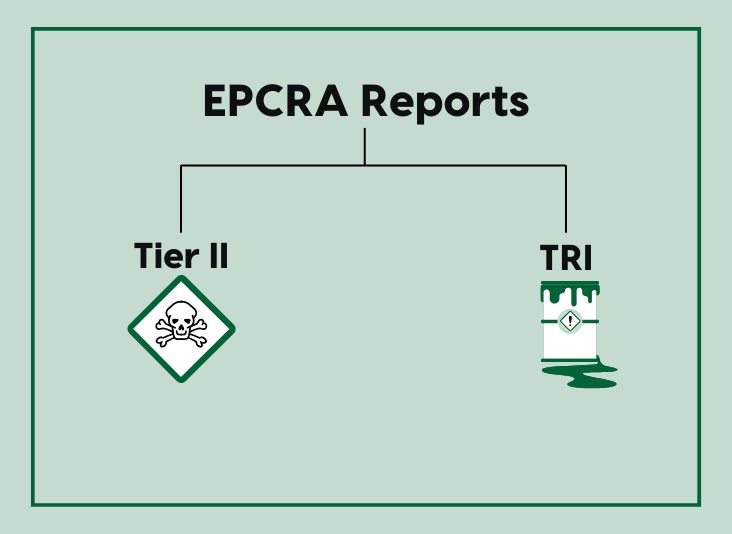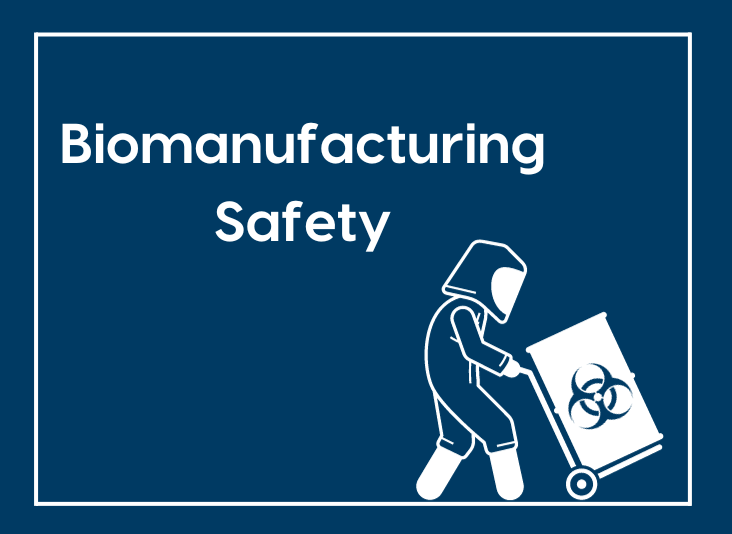Update to the CAA: How the EPA's Refrigerant Management Program Has Changed
 In the fall of 2016, the Environmental Protection Agency (EPA) updated Section 608 of the Clean Air Act (CAA), the National Recycling and Emission Reduction Program, by extending ozone-depleting refrigerants to include substitutes like hydrofluorocarbons (HFCs). These changes strengthen the existing program, effectively reducing climate-damaging emissions from air conditioning and refrigeration equipment.
In the fall of 2016, the Environmental Protection Agency (EPA) updated Section 608 of the Clean Air Act (CAA), the National Recycling and Emission Reduction Program, by extending ozone-depleting refrigerants to include substitutes like hydrofluorocarbons (HFCs). These changes strengthen the existing program, effectively reducing climate-damaging emissions from air conditioning and refrigeration equipment.
The National Recycling and Emission Reduction Program
Section 608 of the CAA requires the EPA to establish a comprehensive refrigerant management program. The purpose of this program is to:
- Prohibit the release of chlorofluorocarbons (CFCs), hydrochlorofluorocarbons (HCFCs), their blends, and substitute refrigerants during service, maintenance and repairs, and at end of life;
- Reduce the use and emission of CFCs and HCFCs;
- Maximize the recapture and recycling of CFCs and HCFCs; and
- Ensure the safe disposal of CFCs, HCFCs, and their blends.
Phase Out of HCFCs
Through the Montreal Protocol on substances that deplete the ozone layer, the U.S. has committed a collaborative, international effort to end use of ozone-depleting substances. We know scientifically that these CFCs or HCFCs have an effect on the ozone layer. This regulation was put in place to get rid of these substances over a period of time (phase them out) so we’re not adding to the destruction of the ozone layer. Therefore, the EPA is currently in the process of reducing HCFC production and import.
Timelines for Phase Out
- January 1, 2010: Banned production, import, and use of HCFC-22 and HCFC-142b, except for continuing servicing needs of existing equipment, achieving 75% of reduction goal.
- January 1, 2015: Ban on production, import, and use of all HCFCs, except for continuing servicing needs of refrigeration equipment, achieving 90% of reduction goal.
Which Refrigerants are Affected?
- Ozone-depleting refrigerants (i.e., CFCs and HCFCs)
- Currently subject to the Section 608(c) venting prohibition
- Currently subject to the existing regulatory standards and requirements
- Substitute refrigerants (e.g., HFCs, HFOs, and PFCs)
- Includes any substitute refrigerant not specifically exempted
- Currently subject to the Section 608(c) venting prohibition
- Will be subject to the regulatory standards and requirements starting 2017, 2018, or 2019
- Exempt substitute refrigerants (e.g., ammonia and CO2)
- Not subject to the venting prohibition in specific end-uses
- Not subject to the regulatory standards and requirements in those uses
- May be subject to other requirements (e.g., OSHA)
Specific Program Changes*
- Changes to Technician Certification
- Changes to Sales Restriction
- Changes to Services Practices
- Leak Rates and Duty to Repair
- Changes to Leak Repair
- Changes to Appliance Disposal
*To gain more insight into these specific amendments, the results of the program changes, and hear recommendations for best management practices, click the button below to watch our free, on-demand webinar!










.png)